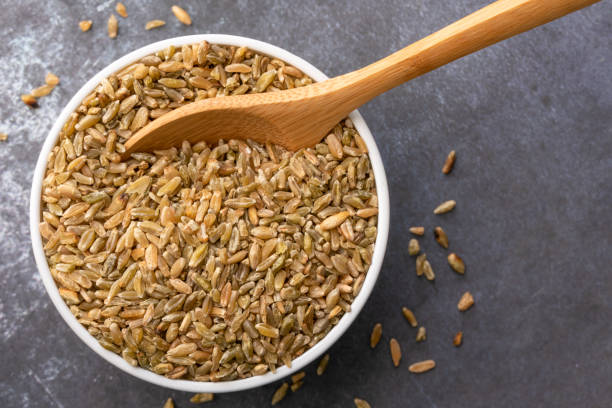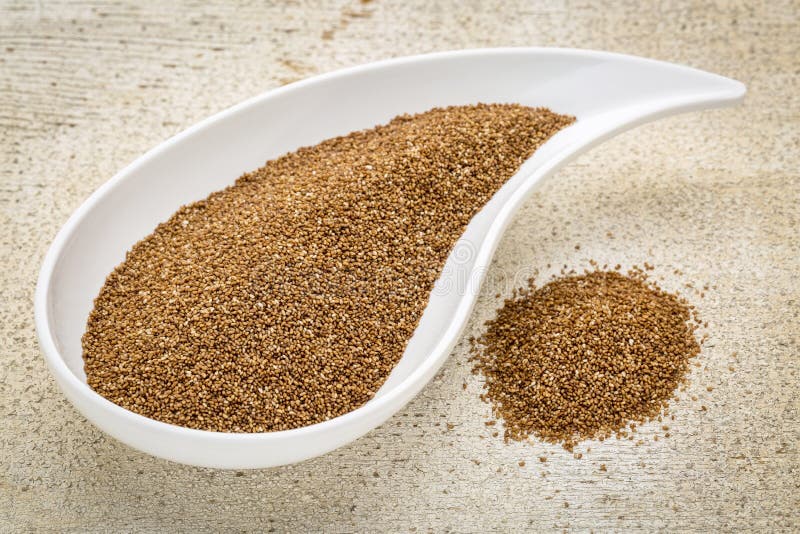Farro, an ancient grain with roots tracing back to early civilizations, has regained popularity in modern kitchens due to its wholesome nutritional profile and nutty flavor. Cultivated primarily in Mediterranean regions, farro stands out as a versatile and nutrient-packed grain, offering a range of health benefits. Let’s delve into the nutritional richness that makes farro a powerhouse in the world of ancient grains.
Whole Grain Goodness:
Farro is an unrefined whole grain, meaning it retains all parts of the grain—the bran, germ, and endosperm. This completeness contributes to its high nutritional value, providing essential nutrients that might be lost during the refinement process in some other grains.
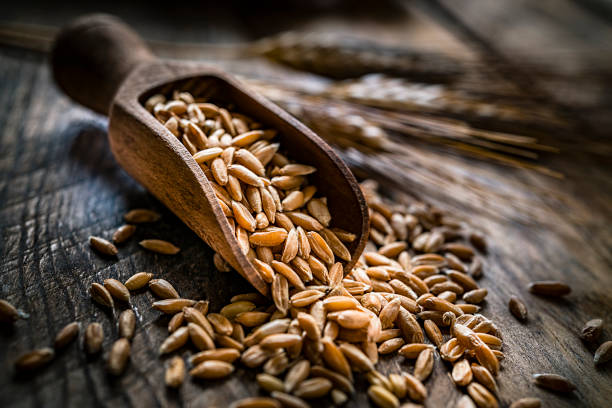
Rich in Dietary Fiber:
Farro is a remarkable source of dietary fiber, with both soluble and insoluble fibers. This fiber content is instrumental in supporting digestive health by promoting regular bowel movements, preventing constipation, and fostering a healthy gut microbiome. Farro’s fiber richness contributes to a feeling of fullness, making it a valuable addition for those seeking weight management.
Protein Powerhouse:
Farro stands out among grains for its relatively high protein content. This makes it an excellent choice for individuals seeking plant-based protein sources or those looking to incorporate more protein into their diet. The protein in farro contains essential amino acids, supporting various physiological functions, including muscle repair and maintenance.
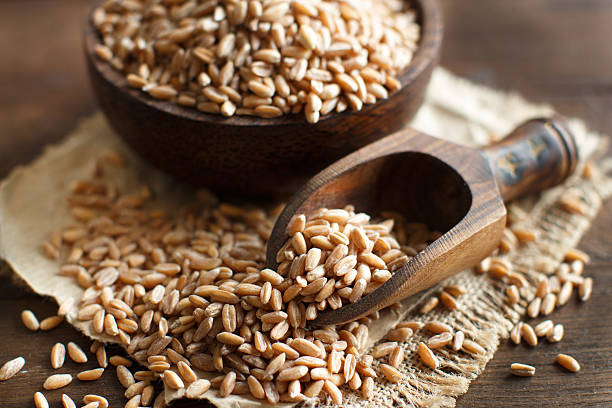
Abundant in Essential Culinary Versatility: (Iron, Magnesium, B Vitamins):
Farro provides essential minerals, including iron, crucial for oxygen transport in the blood, and magnesium, vital for muscle and nerve function. Additionally, farro contributes to the B-vitamin spectrum, offering thiamine (B1), riboflavin (B2), niacin (B3), and folate. These B vitamins play essential roles in energy metabolism and overall cellular function.
Antioxidant Properties:
Farro contains antioxidants, including compounds like lignans and polyphenols. These antioxidants play a role in neutralizing free radicals, potentially reducing oxidative stress and inflammation. Regular consumption of farro may contribute to cellular health and the prevention of chronic diseases associated with oxidative damage.

Low Glycemic Index:
Farro has a relatively low glycemic index (GI), meaning it causes a slower and more gradual rise in blood sugar levels. This characteristic is beneficial for those seeking to manage blood sugar levels, making farro a suitable grain for individuals with diabetes or those aiming to stabilize their energy throughout the day.
Culinary Versatility:
Farro’s versatility in the kitchen extends from being used in salads and soups to being incorporated into side dishes and main courses. Its nutty flavor and chewy texture make it a delightful addition to a variety of culinary creations, both savory and sweet.
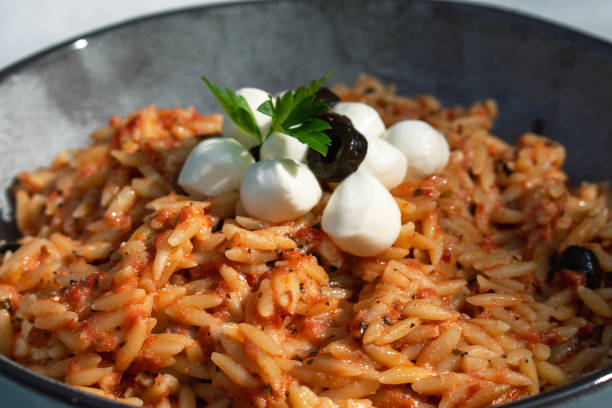
In conclusion, farro, with its whole grain goodness, fiber richness, and nutrient diversity, stands as a nutritional powerhouse in the world of ancient grains. As we appreciate its historical significance and embrace its culinary adaptability, we partake in a journey that celebrates not only the ancient wisdom but also the healthful benefits of farro. From supporting digestive health to providing essential nutrients, farro remains a symbol of nutritional excellence in the diverse landscape of grains.



